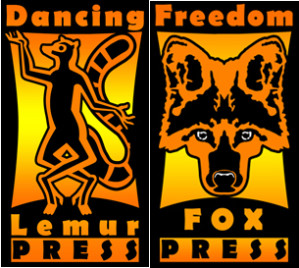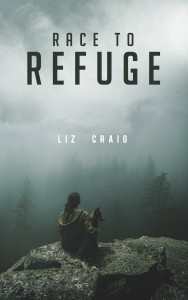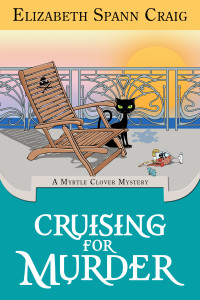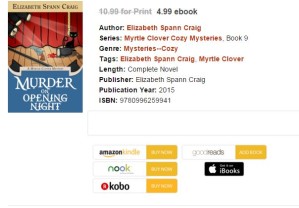by L. Diane Wolfe, @SpunkOnAStick
Writers have many options when it comes to getting stories in front of readers. If you’re seeking a traditional publisher or an agent, you’ll need to submit your manuscript for consideration. A lot of work goes into the process, so you want to do it right and not waste your time.
As the owner of Dancing Lemur Press, L.L.C. and Freedom Fox Press, I’ve seen a lot of queries over the years. What’s sad is how many I reject without ever getting to the story itself. Most of the issues could be avoided by taking a few simple steps.
1 – Learn to do a proper query letter
There are websites and books dedicated to query letter writing. Study them and practice. Understand the format and keep the query to one page. Polish your pitch and focus on the basics – who, what, where, when, and why. Learn how to write a proper synopsis (a brief encapsulation covering the key plot points) and an outline (an exhaustive summary of an entire manuscript, with a descriptive paragraph devoted to each chapter.)
2 – Research the publisher/agent
Check what genres they publish and what they are currently accepting. The submission guidelines on their website will have the most current information. Examine the books they’ve published in the past. Once you’ve made a list of potential candidates, locate them on the Preditors and Editors website. If you see red, run away.
3 – Read the submission guidelines carefully
What do they want you to send? Query letter only? A synopsis? An outline? The first three chapters? Only send what they request. Also note if they ask for a marketing plan or any other specific information. Address the proper person in the query letter. Most publishers and agents accept email queries now and you’ll want to paste your information in the body of the email, as emails with attachments are often deleted without being read.
Remember, a query letter is an editor’s first impression of a new writer. It’s the first test a writer must pass in the submission process. And there are many reasons why submissions are rejected:
- Improper formatting
- Addressed to the wrong person
- Omission of requested information.
- Poor attitude—writer comes off as cocky, overbearing, insolent, or just a jerk.
- Querying a genre they don’t accept
- Author isn’t marketable
- Synopsis doesn’t intrigue or grab the editor/reader
- A similar book is already in production
- Manuscript isn’t marketable or it doesn’t fit their current needs
- Editor was having a bad day
The first five items send one of two messages – either the writer can’t follow directions or he/she will be difficult to work with. Those will result in a rejection every time no matter how good the story. An unmarketable author might be someone with no means to promote the book or someone highly controversial. The remaining items all have to do with timing, quality of work, and sometimes back luck. Whatever response you get, address the issue and move on.
Follow those steps and avoid the pitfalls where possible. Make your submission stand out in a good way. Believe me, nothing makes me happier than receiving a proper query letter!
Diane Wolfe owns Dancing Lemur Press, L.L.C. and is the author of seven books,  including two non-fiction titles and a NA/YA series, The Circle of Friends. Known as “Spunk On A Stick,” Wolfe is a member of the National Speakers Association. She conducts seminars on book publishing, promoting, leadership, and goal-setting, and she offers book formatting and author consultation. She travels extensively for media interviews and speaking engagements, and contributes to the Insecure Writer’s Support Group website.
including two non-fiction titles and a NA/YA series, The Circle of Friends. Known as “Spunk On A Stick,” Wolfe is a member of the National Speakers Association. She conducts seminars on book publishing, promoting, leadership, and goal-setting, and she offers book formatting and author consultation. She travels extensively for media interviews and speaking engagements, and contributes to the Insecure Writer’s Support Group website.
Dancing Lemur Press, L.L.C.
Spunk On A Stick
Spunk On A Stick’s Tips
The Insecure Writer’s Support Group







